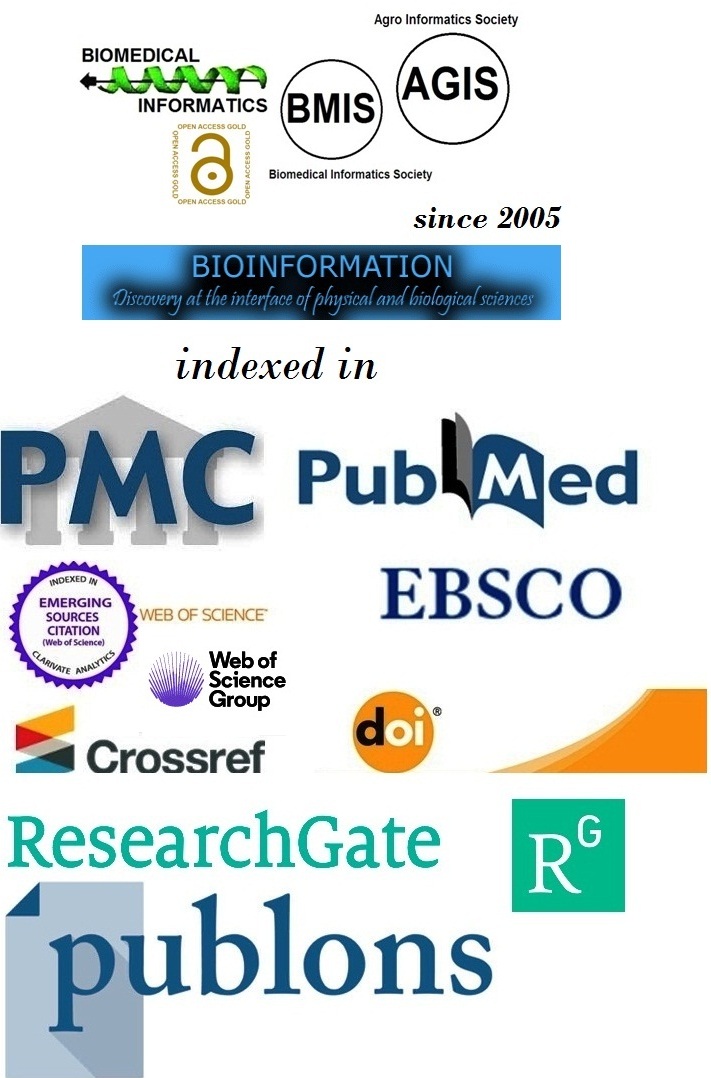Title
Predicting difficult airway among diabetic adults using palm print sign: A cross-sectional study
Authors
Rahul Mandal1, Kumari Sneha2,*, Srirupa Mandal2, Kalyan Kumar Saha3 & Samrat Smrutiranjan Sahoo4
Affiliation
1AIIMS, Kalyani, West Bengal, India; 2Department of Anaesthesia, AIIMS, Kalyani, West Bengal, India; 3Department of Cardiology, AIIMS, Kalyani, West Bengal, India; 4Department of Orthopaedics, AIIMS, Kalyani, West Bengal, India; *Corresponding author
Rahul Mandal - E-mail: rahul.mbbs-2021@aiimskalyani.edu.in
Kumari Sneha - E-mail: kumari.anesth@aiimskalyani.edu.in
Srirupa Mandal - E-mail: srirupa1005@gmail.com
Kalyan Kumar Saha - E-mail: kalyan.cardio@aiimskalyani.edu.in
Samrat Smrutiranjan Sahoo - E-mail: samrat.ortho@aiimskalyani.edu.in
Article Type
Research Article
Date
Received May 1, 2025; Revised May 31, 2025; Accepted May 31, 2025, Published May 31, 2025
Abstract
Prediction of difficult airway among type 2 diabetic patients using the palm prints sign during preoperative assessment is of interest. A total of 215 diabetic patients scheduled for elective surgery were evaluated using palm print grading, Mallampati score, and other airway assessment tools. Difficult laryngoscopy was observed in 17.7% of patients and showed a significant association with higher palm print grades (2 and 3). The palm print sign demonstrated high sensitivity (78.9%), specificity (85.2%), and was identified as an independent predictor of difficult airway with an odds ratio of 4.91. Hence, early identification of difficult airway among diabetic patients can enhance airway management and reduce complications related to intubation.
Keywords
Difficult airway prediction, diabetic adults, palm print sign , airway assessment, difficult laryngoscopy, type 2 diabetes mellitus, anaesthesia airway management, airway difficulty predictors
Citation
Mandal et al. Bioinformation 21(5): 1724-1727 (2025)
Edited by
Neelam Goyal & Shruti Dabi
ISSN
0973-2063
Publisher
License
This is an Open Access article which permits unrestricted use, distribution, and reproduction in any medium, provided the original work is properly credited. This is distributed under the terms of the Creative Commons Attribution License.
